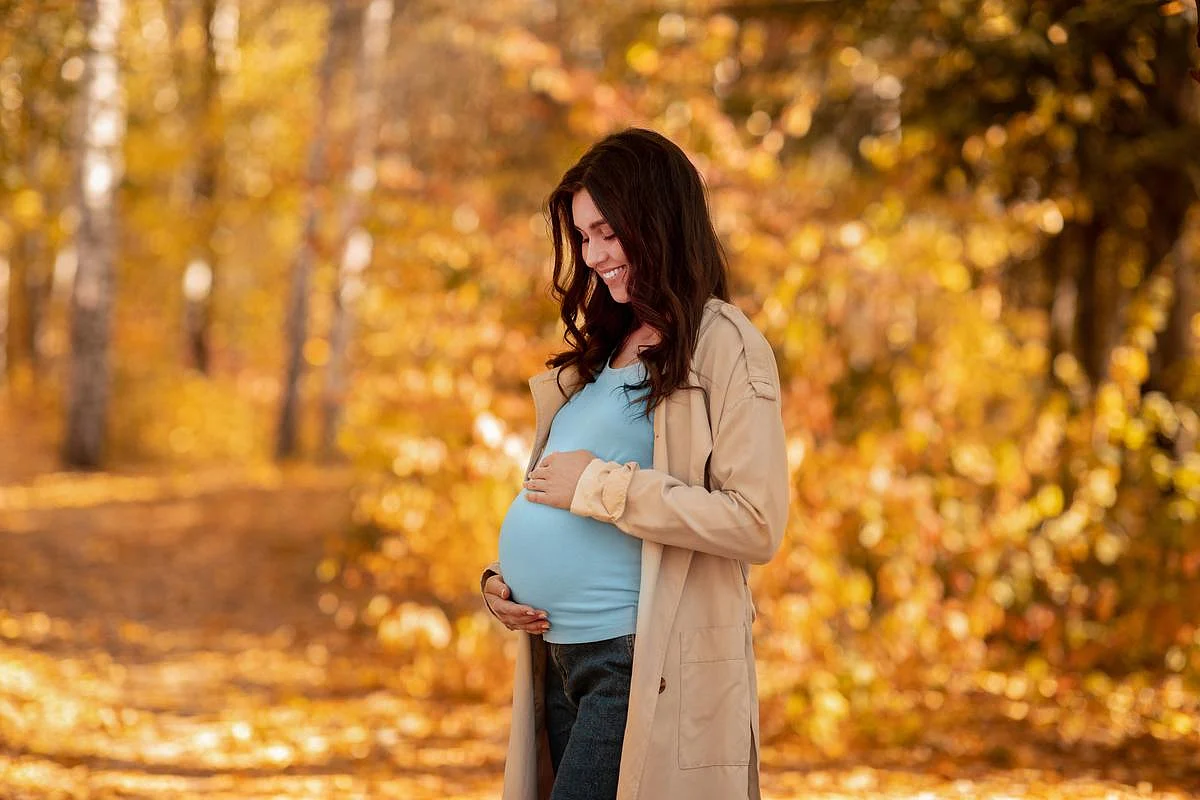Green Space Exposure in Pregnancy, Early Childhood May Cut Risk for Neurodevelopmental Disorders
TUESDAY, July 29, 2025 -- Living near green spaces before and during pregnancy, as well as in early childhood, may lower the risk for neurodevelopmental disorders, according to a study published in the August issue of Environment International.
Hayon Michelle Choi, Ph.D., from the Harvard T.H. Chan School of Public Health in Boston, and colleagues conducted a population-based cohort study to examine the link between exposure to green space before, during, and after pregnancy and neurodevelopmental delays in children. The analysis included approximately 1.85 million mother-child pairs identified from the Medicaid Analytic Extract (2001 to 2014), with up to 14 years of follow-up.
The researchers found protective associations between green space exposure and most neurodevelopmental disorders. Per interquartile range increase in the Normalized Difference Vegetation Index, the strongest associations were seen for preconception exposure and intellectual disability (hazard ratio [HR], 0.66), pregnancy exposure and autism spectrum disorder (HR, 0.83), and postnatal exposure for learning difficulties (HR, 0.81). The protective effects were stronger for Black/Hispanic children and for those living in urban areas.
"These findings suggest that increasing green space access could be a potentially modifiable environmental strategy to reduce the risk of neurodevelopmental disorders among children, especially in vulnerable, low-income populations," senior author Stefania Papatheodorou, M.D., Ph.D., also from Harvard, said in a statement. "It also suggests that urban planning strategies that enhance residential greenness may have long-term developmental benefits for children."
Disclaimer: Statistical data in medical articles provide general trends and do not pertain to individuals. Individual factors can vary greatly. Always seek personalized medical advice for individual healthcare decisions.
© 2025 HealthDay. All rights reserved.
Read this next
Skin-to-Skin Contact Boosts Brain Growth in Very Preterm Infants
WEDNESDAY, Oct. 1, 2025 -- Skin-to-skin contact is linked to brain growth in very preterm infants, according to a study published online Sept. 24 in Neurology. Katherine E...
5.7 Million More U.S. Women Than Expected Were Childless in 2024
THURSDAY, Sept. 25, 2025 -- In 2024, there were 5.7 million more childless women aged 20 to 39 years than would have been expected based on prior patterns, according to a study...
Adherence to Safe Sleep Practices Declines During, After Infant Illness
WEDNESDAY, Sept. 24, 2025 -- Reported adherence to safe sleep practices appears to be low among caregivers of infants presenting to the emergency department for low-acuity illness...
More news resources
- FDA Medwatch Drug Alerts
- Daily MedNews
- News for Health Professionals
- New Drug Approvals
- New Drug Applications
- Drug Shortages
- Clinical Trial Results
- Generic Drug Approvals
Subscribe to our newsletter
Whatever your topic of interest, subscribe to our newsletters to get the best of Drugs.com in your inbox.


